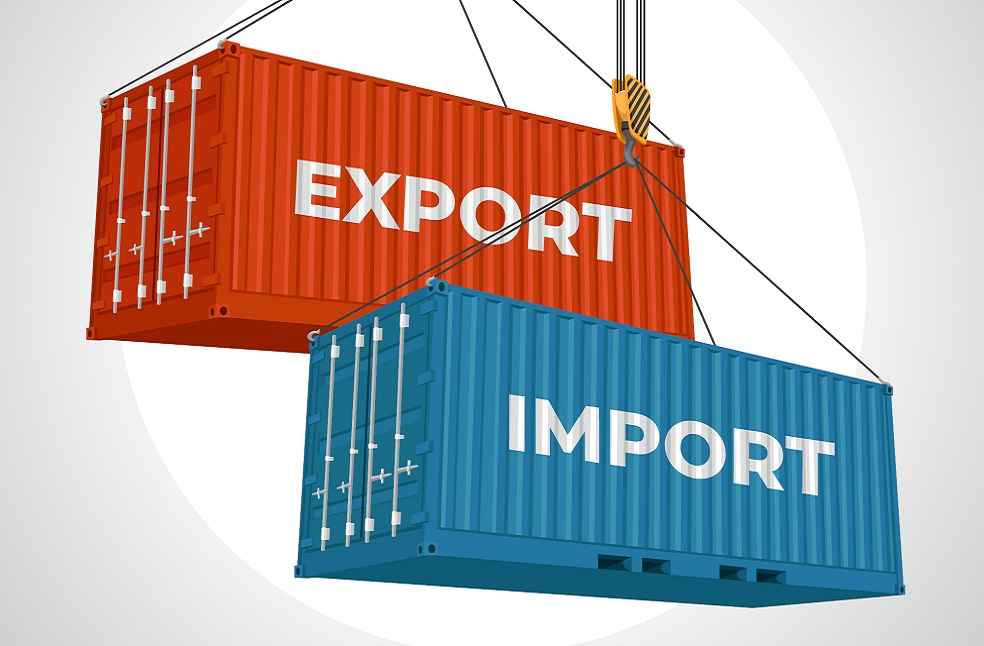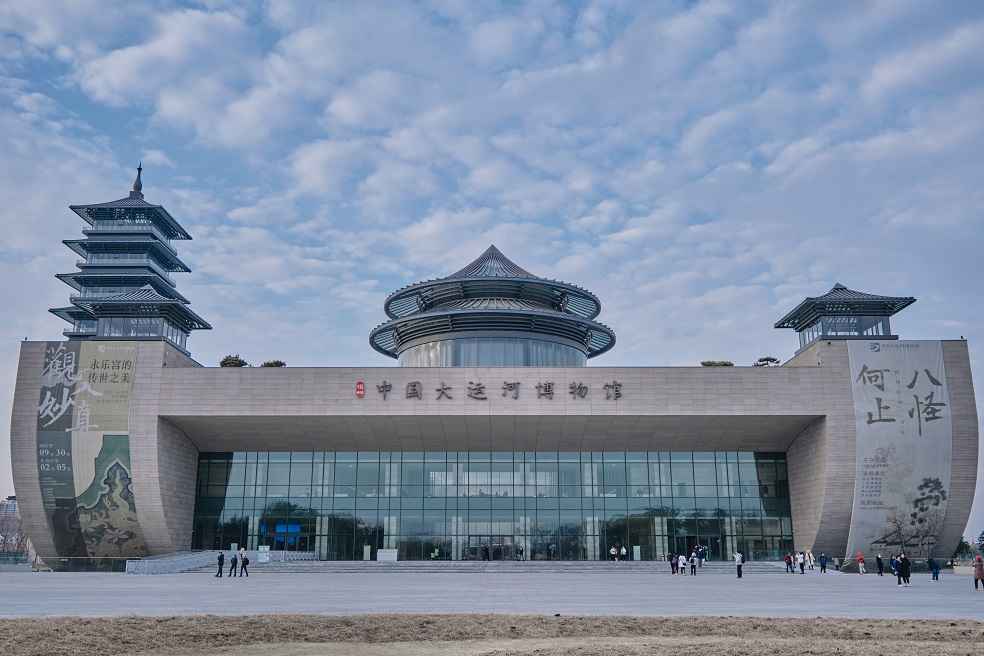China’s persistent efforts to join the Comprehensive and Progressive Agreement for Trans-Pacific Partnership (CPTPP) are gaining momentum. The CPTPP is a free-trade agreement (FTA) uniting 11 Pacific Rim nations: Canada, Mexico, Peru, Chile, New Zealand, Australia, Brunei, Singapore, Malaysia, Vietnam, and Japan.
The country has thoroughly studied about 2,300 terms of this trade agreement, as disclosed by Wang Shouwen, China’s International Trade Representative and Vice Minister of Commerce, at the APEC China CEO Forum 2023.

China is intensely engaged in shaping necessary reform measures and amending its regulations and laws to correspond with the CPTPP norms. The country has displayed commitment by implementing pilot reforms and advancing transparency in related sectors to align with the high operational standards of the CPTPP.
Wang reinforced China’s readiness and capability to join the CPTPP. He affirmed that China’s membership would yield significant benefits to all member nations and boost free trade and investment across the Asia-Pacific region.
China’s openness is manifested through its liberal market access for foreign enterprises in the manufacturing sector. Plans are underway to extend this access to the service sector. Future endeavors encompass refining the negative list of foreign investment access and instituting a negative list for cross-border service trade at the national and free trade zone level.

Recent data from the Ministry of Commerce revealed a modest year-on-year increase of 0.1% in foreign direct investment in the initial five months of the year, totaling 574.81 billion yuan ($84.35 billion). This period saw substantial investment influxes from France, the UK, Canada, and Japan.
Wang ensured that China will amplify its efforts to attract foreign investment, underscoring the advantages of investing in China. These encompass access to a massive market of 1.4 billion people, a robust and efficient supply chain, and a transparent business environment. He underlined that a progressively open Chinese market could enhance the global competitiveness of international enterprises.
China initiated its application to join the CPTPP in 2021. The Peterson Institute for International Economics projects that if China is successful, the economic gains could skyrocket to $632 billion, a significant increase of a quarter more than the original Trans-Pacific Partnership (TPP) that incorporated the US.

As of April 2023, the CPTPP applicants’ roster extends beyond China, featuring countries such as Taiwan, Costa Rica, Ecuador, and Uruguay. This underscores the escalating interest in this Pacific Rim trade agreement.
Simultaneously, India, a burgeoning world power, remains detached from the CPTPP. The official statement suggests that India is abstaining from the bloc due to its intent to enforce stricter labor and environmental regulations on other partners.
DON’T MISS IT: Gold Mining: Environmental Crisis and Sustainable Shift



